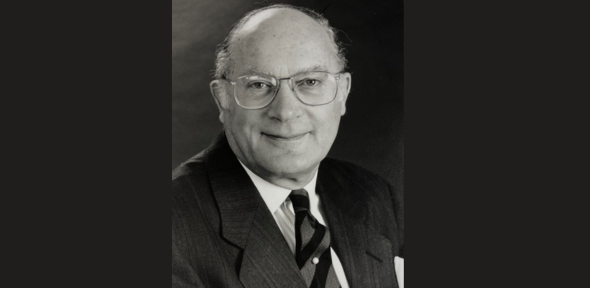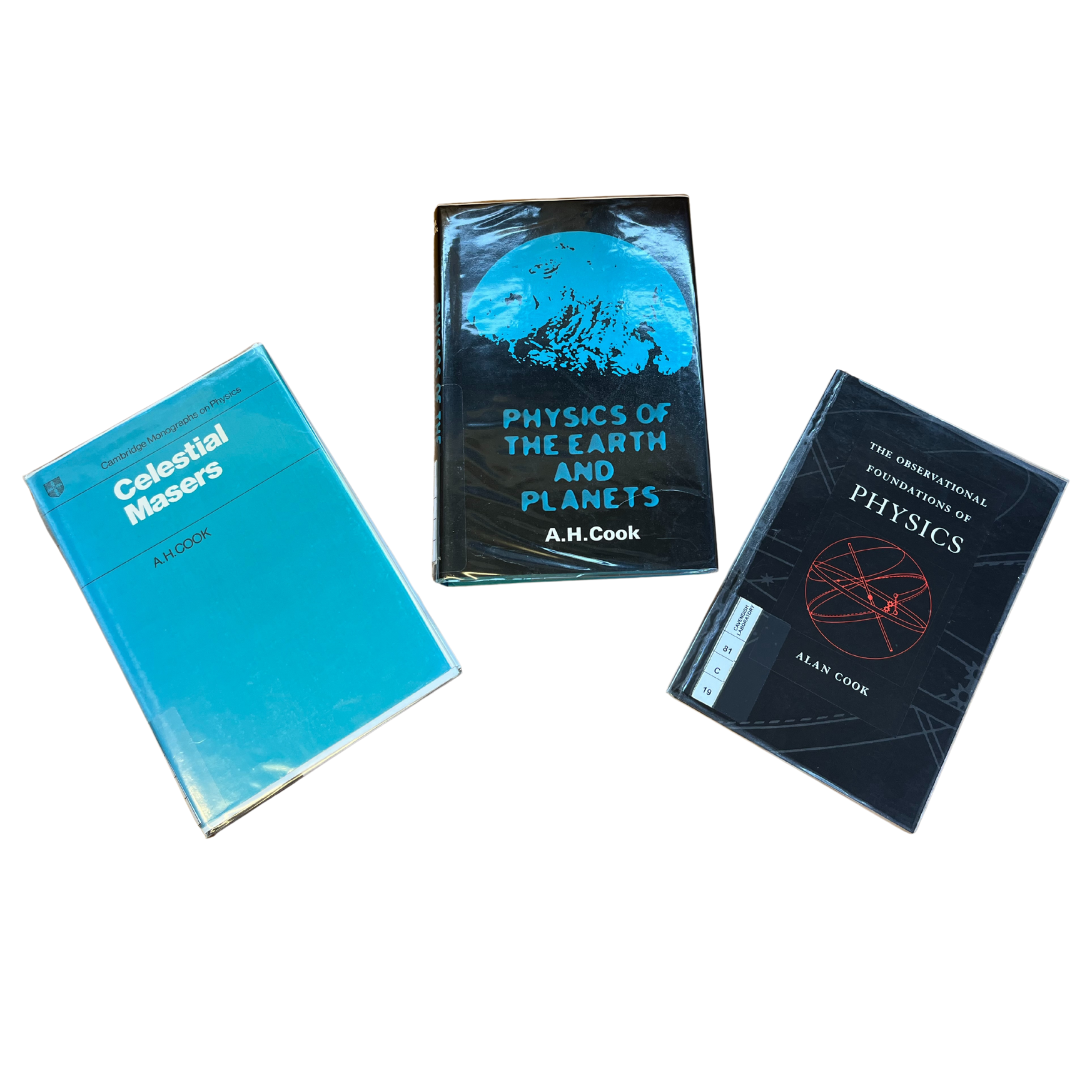
#AnniversaryStory
Metrology is the study of measurements and units and though it may not seem as exciting as the quirks of quantum mechanics or the vastness of Space, it’s of the greatest importance. Who defines the units of time? How do we check if our results match others? Metrology seeks to answer these questions. Advocate of this vital field was Sir Alan Hugh Cook FRS, Jacksonian Professor and former head of the Cavendish.
As part of our 150th anniversary, we look at some of Sir Cook’s achievements.
Cook had a distinguished career at the National Physical Laboratory, working in the field of quantum metrology. However, upon moving to Glasgow University and then the Cavendish in 1972, he focused on the fields of gravity, masers (microwave radiation equivalent of lasers) and their application in Geophysics and Astronomy. He also was devoted to establishing absolute standards of measurement.
Cook first became interested in masers with the observations of celestial masers in Space. He tried to understand how these observations were made and how the maser was created. He also attempted to work out a more accurate value for the gravitational constant, G, which links the gravitational force between two objects to their masses and the distance between them. This can be quite difficult because of the weakness of the gravitational force compared to other forces.
He wrote books on both these subjects and conducted experiments that got accurate measurements of the acceleration due to gravity, g, accurate to 1 part in 10 million. In the Cavendish, he tried to test the inverse square law of gravity in his most accurate measurement yet, but the death of his colleague Prof. A. Marussi led to the abandoning of the project.
Image: Just three of the many books Cook wrote, available in the Rayleigh Library.
Cook had an extraordinary depth of knowledge in a range of topics; he lectured final year courses like optical physics, geophysics, advanced quantum theory and quantum metrology. He devoted a great deal of effort and time into the management of the Cavendish as Head of Department between 1979 and 1984, and the University affairs- being part of many committees. He was also Master of Selwyn College from 1983 to 1993 and retired from research in 1990.
He suggested the change to a taught MPhil in Physics which eventually was replaced by the current masters course. Cook was also very proud of one of his graduate students, Michael Foale, who later became the second UK astronaut in Space (1992), accruing over 373 days in Space!
Image: Michael Foale, NASA Astronaut, 1987
Main Image: Sir Alan Hugh Cook FRS 1922-2004
Text credit: Dhruv Shenai


